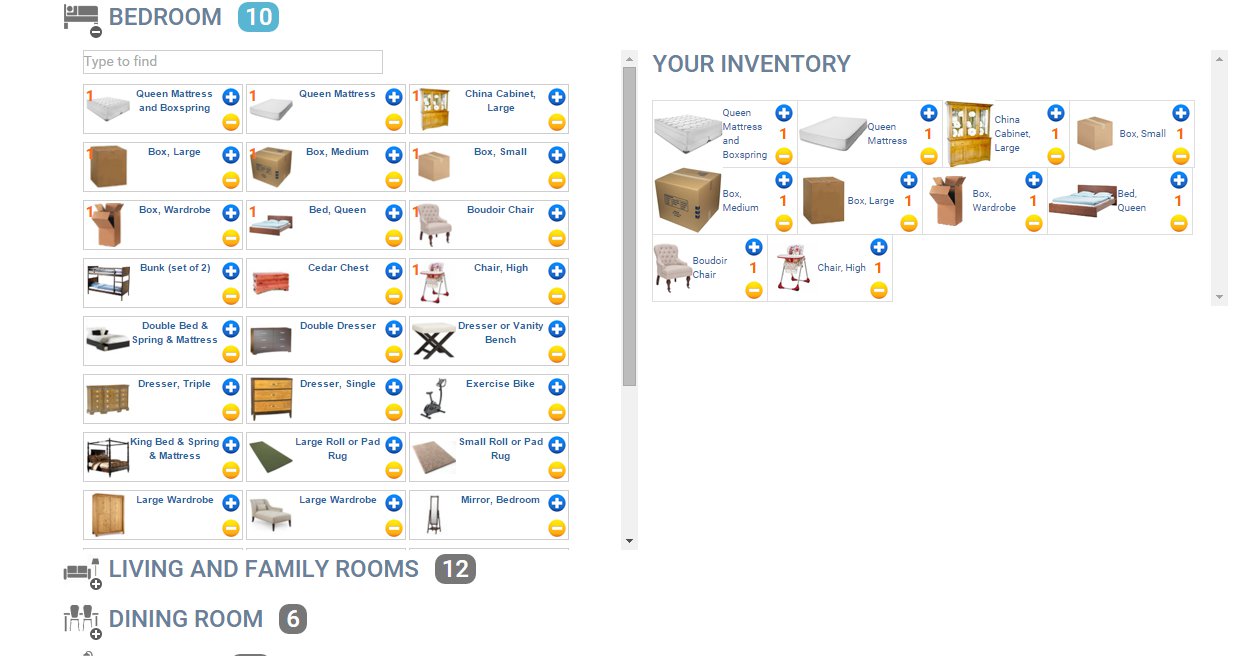Professional Moving Service
Hire Trustworthy Moving Services
- Why Should I Hire a Professional?
- Professional Moving Companies: Making the Difference
- Benefits of Hiring Pro's
- Components for a Successful Move
1. Why Should I Hire a Professional?
Hiring a professional moving service is an ideal way to have property moved from one place to another, regardless of how far. There is no reason a person should have to stress more by moving everything out of their home or property on their own. There are a ton of moving companies out there for people to choose from.
The key to hiring the right professional moving service includes reading the reviews and ratings of other customers. This will give a person insight on how reliable and trustworthy a company is. Contacting or visiting moving companies' websites is also a great way to find a company to hire. Inquire about all of the services offered and evaluate which services would be of good use to your move.
2. Professional Moving Companies: Making the Difference
When it comes to moving, it's important to assess what your needs and wants are before you go into the
Let me tell you that definitely holds true with moving companies. Sometimes the reason that their quotes are so low is that they are operating without proper licensing or equipment. It's true that companies in an over saturated market offer competitive pricing, but if one
This is why it is best to get a professional moving service. Pro movers take the time to dot all the I’s and cross all the T’s. A Pro mover will take into consideration the unforeseen circumstances. To make sure that your move is as stress-free as possible.
Pro movers are the right choice for someone with a demanding job that has less time to spare. There are services that will also take out trash items from your old home, and even unpack boxes in your new home. Obviously, this is a premium service but if you are living a life where time is money, this may be the best option for you. You may want to look into full-service movers cost.
Specifically, if your move is based on either taking a new job or being relocated within your current corporate structure.
Professional moving services will even offer insurance for any high-value items you may have and storage options if there is any delay in your arrival or need to hold off moving new items in. Whatever the reason, pro moving service
3. Benefits of Hiring Pro's
There are so many ways to benefit from hiring a moving company to do the dirty work. Below, are some ways in which hiring a moving company could help with your move.
-
It will relieve the stress of doing it on your own.
-
They can do it in a timely and quick manner.
-
There is moving insurance that comes with many moving companies' services.
-
Moving companies include a variety of packages and services to choose from, including full-service packing.
-
They can safely move a person's belongings anywhere they need to go.
-
They service residential and commercial moves.
-
Ultimately, hiring a professional full service moving company can save money.
-
As the owner of the belongings, you won't have to move a finger and can focus more on the other things involved with the move.
-
Movers will move the belongings to any room that you would like them in. Beds can be placed in bedrooms, desks in offices, etc.
-
Many moving companies will have specials or deals for their customers, which will help save even more money.
-
The overall move will go about much smoother than if you were to try and do everything on your own.
-
There will be no need to rely on family and friends to help move big pieces of furniture.
With the above being said, it is always a wise decision to consider all of the possible options for your upcoming move. Professional moving services are definitely something to keep in mind. With all of the companies available, make sure to compare them and find one that you can trust with your property.
When all is said and done, all of the belongings will be safely taken to their new home whether it is an office building, company, or home. Of course, this is all relative to the fact that you had already done research and found a professional company known for their great services and trustworthiness.



Comments
Felicity H
Feb. 23, 2022, 12:38 a.m.
Good Day, I have heard of so many stories where property gets damaged by the move and the moving company only pays a fraction of the price that the items were worth, if they pay anything at all. What would you suggest would be the safest way to ensure that we have proper insurance?
Victor Peraz
Feb. 23, 2022, 12:38 a.m.
Is there any way to find out if the mover you choose to move your business has experience moving other businesses? I want to use a mover but I also want one that is experienced in moving large corporate businesses as we are on a time limit with our move. We want our move to take up the least amount of time possible. Is there any way we can check their history with moves? Thanks!
Add Comment